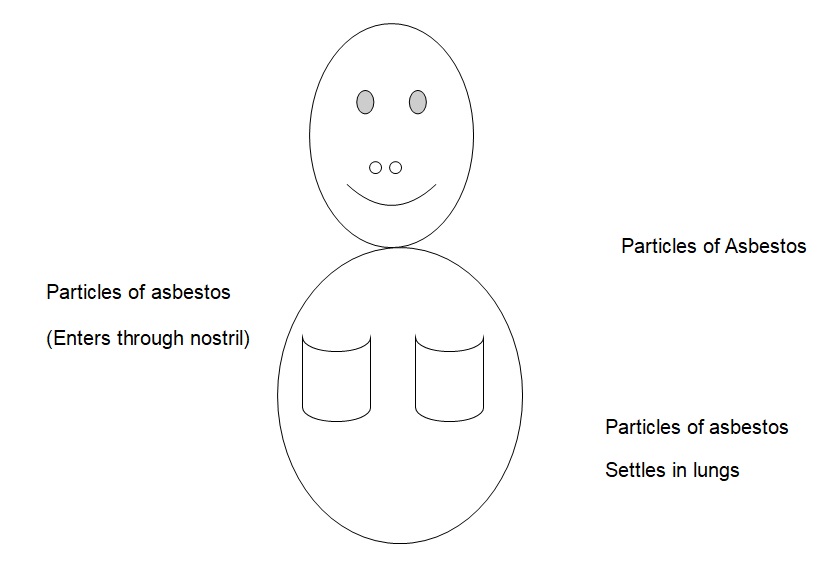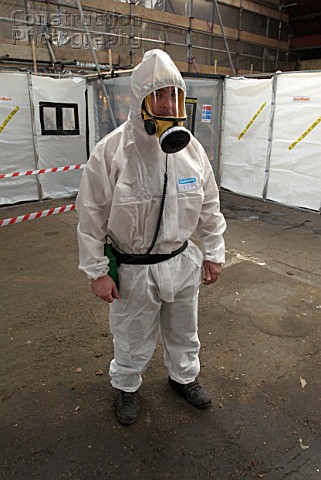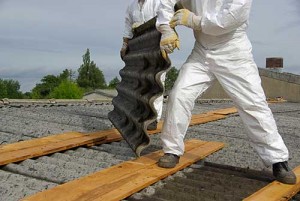Asbestos is one of the naturally occurring minerals, which has a fibrous structure. Hallenborg and Stewart (2003, p. 56) define asbestos as “Naturally occurring fibrous material that has been a popular building material since the 1950s.” The two definitions show that this is a fibrous mineral that is popularly used in construction. Asbestos is always used in making construction materials because of its ability to withstand high temperatures. Constant exposure to asbestos may have serious negative impact on the health of an individual. According to the research by Kaminsky and Campbell (2010, p. 45), exposure to asbestos among construction workers is accountable for over 4500 deaths in the United States alone.
Route of exposure and fate in target organ
Asbestos is very popular in construction because of its ability to withstand high temperatures, which makes it one of the best insulators. The roofing shingles, floor tiles, ceilings, asbestos cement, and some paper products are some of the common materials that are rich in asbestos. Other products include automobile brakes, transmission parts and the clutch. Heat resistant fabrics, gaskets, coating materials, and packaging materials are also made using asbestos. It means that although they are commonly found in the construction materials, there are various other products- other than construction materials- that are rich in asbestos. Using any of these materials is a route of exposure to this dangerous mineral. However, it is important to note that the degree of exposure will directly depend on the condition of these products when one uses them. According to Amaducci (1986, p. 58), exposure to asbestos will be high in products that are wearing out. For example, when one is exposed to a building material that is wearing out such as iron sheet, then the dangers of exposure to the mineral will be high. Another common route of exposure is on the construction sites where people have to hit or heat the materials. The process of heating or hitting these materials may expose one to the mineral. The diagram below shows the route of exposure to asbestos.
Route of Exposure

Breathing of asbestos causes asbestosis to the lungs, which may ultimately lead to lung cancer if not treated in time. Schreier (1989, p. 46) observes that prolonged exposure to asbestos fibres may lead to lung cancer. The fibre is also very dangerous to the respiratory track when one inhales it for a prolonged period.
Adverse effects
According to Oberta and Oberta (2005, p. 34), people who work in the construction sites and those dealing with old materials made with asbestos fiber are at greater risks of getting adversely affected by this mineral. Although many people are always exposed to asbestos within the natural environment, the above professions will subject an individual to a prolonged period of exposure to it. Lung cancer is one of the most common effects of prolonged exposure to the asbestos. When one breathes this compound for a long time, it will thicken the walls of the lungs leading to the lung cancer. Mesothelioma, a fatal health condition, is another common health complication that may arise out of the constant exposure to asbestos. Schreier (1989, p. 34) also notes that moderate exposure to asbestos may lead to asbestosis. Inasmuch as asbestosis is not fatal, it destabilises the body system, which may lead to other serious infections that may be fatal. Diffuse pleural thickening is another health complication that is very common among the construction workers who are always exposed to asbestos on a regular basis. It is important to note that all the above mentioned adverse health consequences always take some time before they can manifest in the body. It means that an individual can work at high risk areas for years without realising that he or she is being exposed to asbestos. By the time the disease manifests itself in the body, the damage is already at its advanced stages.
Possible modes of action
It is a fact that the asbestos is still one of the most preferred construction materials because of its high resistance to heat and its strength. It is also popular in packaging of various products. However, it is important for the responsible stakeholders to ensure that the users of these products and those who are involved in the construction are protected from their harmful effects. There are some possible modes of action that should be observed to ensure that people are protected. One such action would be to ensure those construction workers, and all other people who work in places rich in asbestos have protective gears that would ensure that they do not breathe in this dangerous compound. The diagram below shows workers handling materials rich in asbestos wearing proper protective gear.


All products manufactured using asbestos should also be given an expiry date so that they can be replaced before they start releasing large amounts of asbestos among the users.
Legacy and possible consequences of continued use in developing countries
There is a legacy in the use of asbestos in the construction industry in the developing countries. According to Castleman and Berger (2004, p. 12), most of the construction companies in the developing countries prefer the material when developing glasses and other construction products. Most of their workers are rarely given proper protective wears when they are at the construction sites. It means that they will be exposed to asbestos for a long time, and this would consequently lead to some of the health problems mentioned in this paper.
List of References
Amaducci, S 1986, Asbestos: Directory of Unpublished Studies, Spon Press, London.
Castleman, B & Berger, S 2004, Asbestos: Medical and legal aspects, Aspen Publishers, New York.
Hallenborg, M & Stewart, M 2003, New York landlord’s law book, Nolo, Berkeley.
Kaminsky, A & Campbell, K 2010, The lawyer’s guide to lead paint, asbestos, and Chinese drywall litigation, American Bar Association, Chicago.
Oberta, A & Oberta, A 2005, Asbestos control: Surveys, removal, and management, ASTM International, West Conshohocken.
Schreier, H 1989, Asbestos in the natural environment, Elsevier, Amsterdam.